Unit Editions
London, United Kingdom. 2017 Design by SPIN
Michael Klein,

Within the world of a restricted circle of graphic designers, Unit Editions needs no introduction. Formed in 2010 by world-renowned design author Adrian Shaughnessy with Tony Brook and Patricia Finegan (SPIN), this small publisher became an instant cult. In this critique essay we talk to Mr. Shaughnessy about Unit Editions and we take a look at the project as a broader, cultural effort.
From the editor's desk
Graphic design publishing is not a large business. Anyone who buys, reads and perhaps collects design books knows there are a few household names that are able to produce quality books at a certain pace — that is, in the context of our discussion, books in which both content and design excellence are not skimped on. Such books often become more than an utilitarian artefact: they become objects of desire for the designer and prized possessions in the most felicitous cases. However, oftentimes these outstanding but conventional publishers are used to production volumes that entail certain demands and have a set of limitations of both economic and curatorial nature. For most of them it is simply not possible to produce a book that designers would prize for its design and material qualities while keeping the price down to what is deemed necessary. On the curatorial end, conventional publishers often tend to cover only designers or themes that are already well established or trendy enough to generate big sales while so many great designers and themes keep dwelling in obscurity, waiting for a courageous publisher to bring them to light.
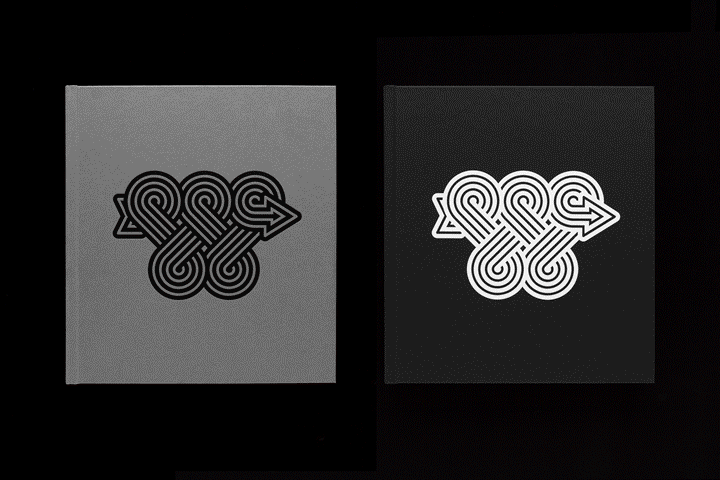
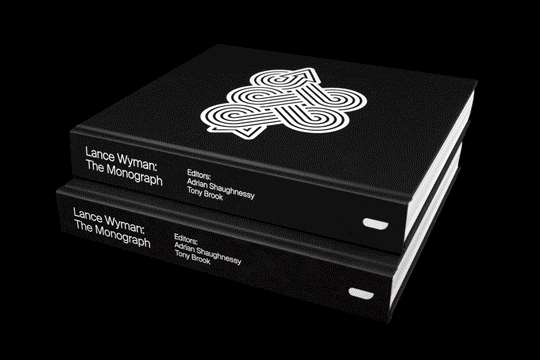
When asked what prompted him to found Unit Editions, Mr. Shaughnessy elaborates: «[There] was a frustration with conventional publishers. I’d produced a few books with big publishing houses. Publishers are usually intelligent and savvy people – and I learned a lot from them – but I was also appalled by the way they were locked into book trade conventions: covers had to be a certain way to appease the buyers in bookshops; printed books had to be provided to sales reps months in advance of the publication date, often in vast numbers, and always with no guarantee of sales. I knew there had to be a better way.»
Meeting designer and Unit Editions co-founder Tony Brook was the final piece of the puzzle for this new venture to start.
«Tony is a brilliant book designer, and his studio partner Patricia Finegan is great at contractual and logistical stuff. Hooking up with them to form Unit Editions meant that I could concentrate on the things that interested me most – writing and editing.»
This unique formula has proven to be extremely successful. The curatorial acumen combined with world-class design has quickly put Unit Editions among the best design publishers in the world. Compared to larger publishers their catalogue is still exiguous and most large monographs come at an appropriately high price, but these are not shortcomings; on the contrary, they are a reflection of a focus on quality instead of quantity. From the choices of paper stock to printing and binding, the physical and material qualities of Unit Editions volumes are not second to the content.
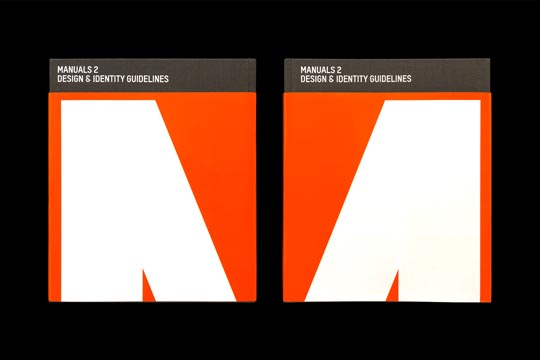
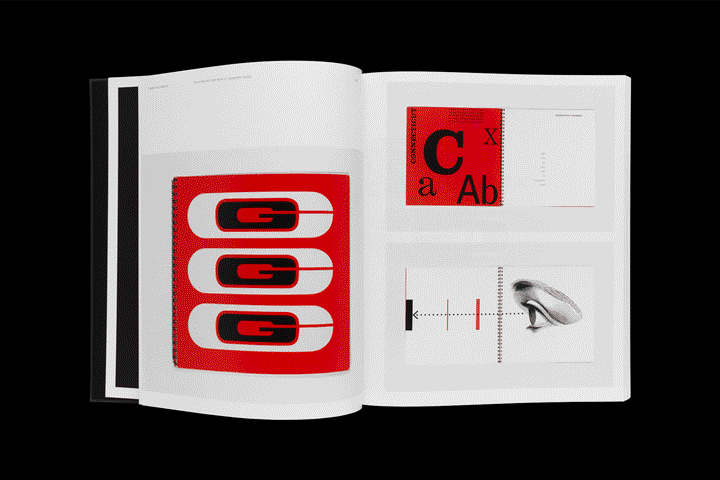
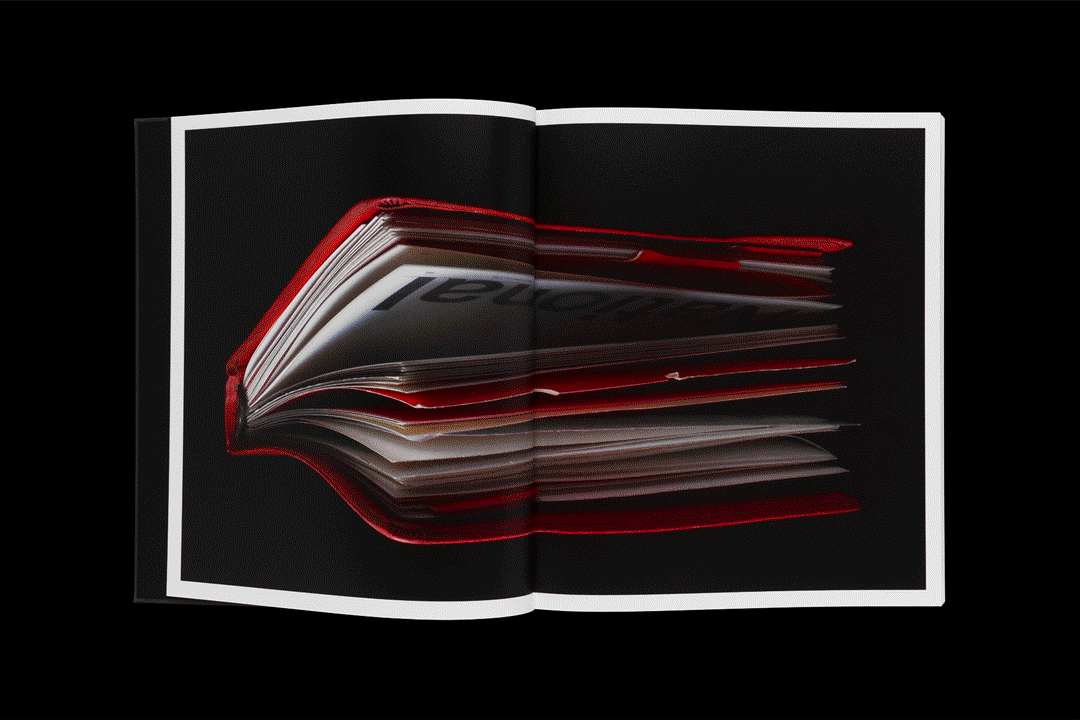
«The book is a near perfect technological and emotional artefact» explains Mr. Shaughnessy. «Monographs have a bright future, but if they are going to survive and have any value, they have to have a critical element.»
Reflecting on the critical choices that led to titles such as 'Lance Wyman', 'FHK Henrion' (both great designers who never had a monograph published before), 'TD 63–73' and the two volumes of 'Manuals: Design & Identity Guidelines' a certain cultural commitment seems apparent. Shaughnessy, Brooks and Finegan eschew those constraints of conventional publishing that often lead to titles that add far too little to the contemporary debate, to embrace the role of the publisher as a cultural producer.
«We have a number of goals. I’d say that our target is to only produce books that have a good reason to exist. With someone like FHK Henrion, or Jurriaan Schrofer, for example, our philosophical stance is to bring to the design world’s attention, key figures who have become neglected, but who have huge relevance to the contemporary scene. Relevance is an important part of our philosophy. We always ask ourselves – is the subject relevant to contemporary practice? In the case of the two designers already mentioned, there is a great deal than can be learned from them.»

«We always look for the opportunities that other publishers cannot see» he continues. «For example, someone came to us recently with an interesting project. He told us that he’d taken the idea to some mainstream publishers and they’d all rejected him, saying that none of the designers he wanted to feature were well known. But to us, that was a compelling reason to publish a book on this subject. That fact that these important designers were not well known was exactly the reason why we wanted to publish his book.»
Such stances are enough proof of an attitude towards design publishing and criticism that our field desperately needs, and that we -as a publication- forcefully share.
«Graphic design criticism is in the deep freeze. There was a point a few years ago when it looked as if a critical voice was emerging. But it got zapped by the online world of Twitter, Instagram and critical-free blogs only interested in pumping out the latest images. The critical sprit within graphic design has moved into the social, cultural and political sphere, with only the occasional voice raised in critical engagement within the world of design. And while graphic design remains so deeply embedded in business culture there is very little hope of informed criticism coming from within the discipline, and sad to say, most designers are happy with that – why rock the boat, seems to be the dominant view.»
Despite the truth behind Mr. Shaughnessy's words, Unit Edition itself is a project that proves that a critical voice can indeed come from within the discipline. Many designers around the world feel the need of a direction, of a cultural commitment, even though their voices get lost in the crowd. Perhaps it will always be the case in history that while the larger part of society lies dormant, a few men and women will carry everyone to greater heights without disturbing their slumber. Our hope is that, in the restrictted context of our own professional field, more and more critically engaged voices will emerge and come together through invaluable projects like Unit Editions.